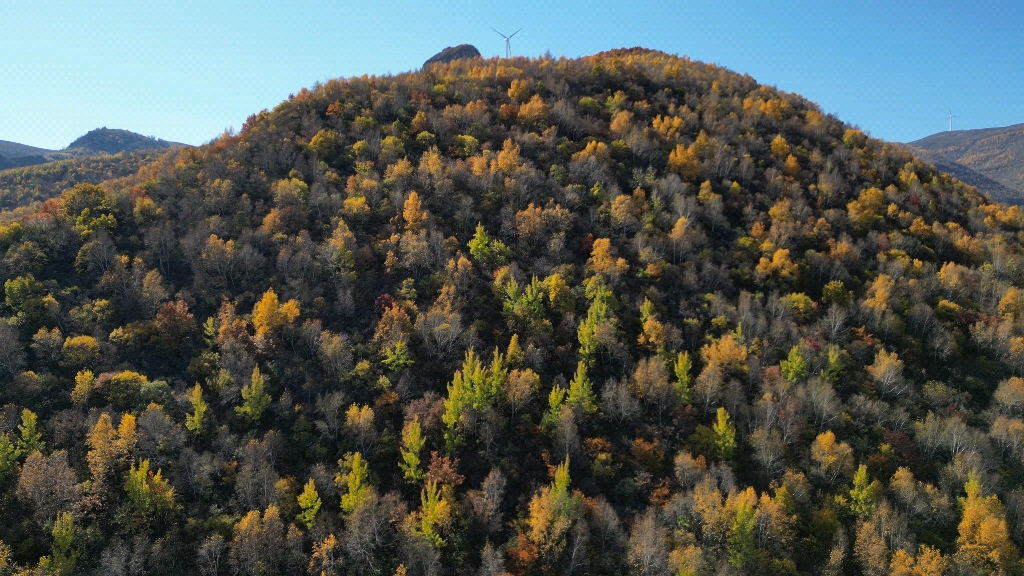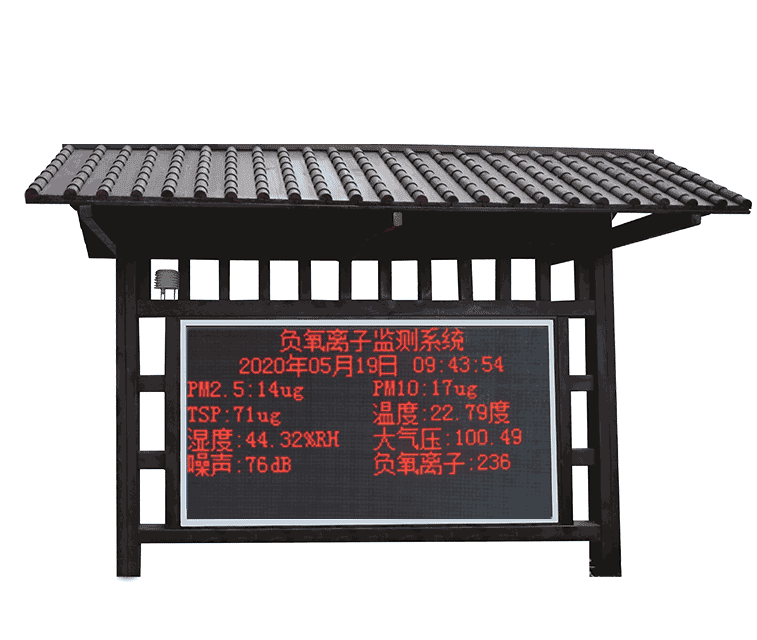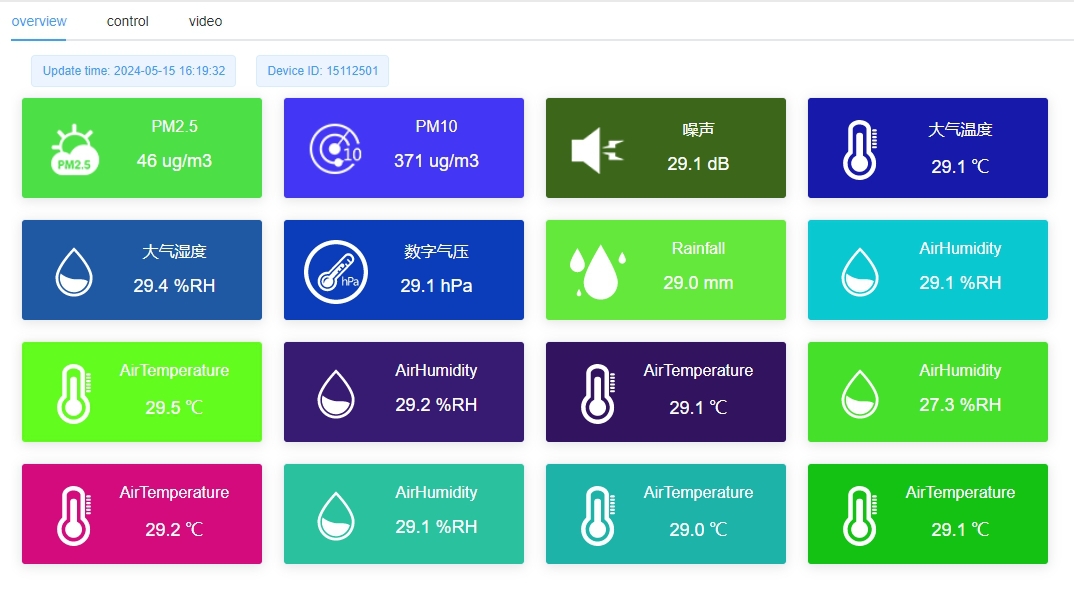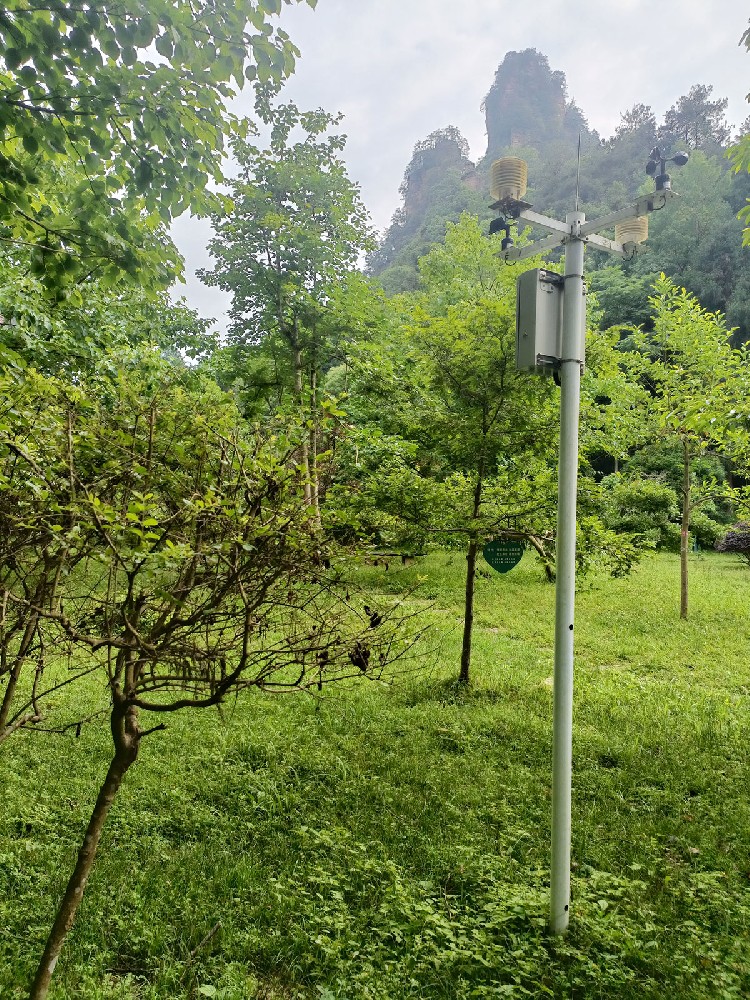

— Blogs —
—Products—
 Consumer hotline +8618073152920
Consumer hotline +8618073152920 WhatsApp:+8615367865107
Address:Room 102, District D, Houhu Industrial Park, Yuelu District, Changsha City, Hunan Province, China
Product knowledge
Time:2025-02-14 16:20:46 Popularity:121
In today's booming global tourism industry, weather stations in scenic areas are quietly transforming the travel experience by bridging nature and technology. Through advanced meteorological monitoring technology, these intelligent devices not only provide accurate weather forecasts for scenic areas but also play an indispensable role in ensuring tourist safety, optimizing the travel experience, and promoting ecological protection.

Scenic weather stations are equipped with high-precision sensors and automated systems that monitor key weather parameters such as temperature, humidity, atmospheric pressure, wind speed, and precipitation. By combining satellite imagery and radar systems, these stations can predict extreme weather events, such as thunderstorms, heavy rain, or strong winds, and issue warnings to both tourists and site management. This timely weather information not only helps tourists plan their itineraries more effectively but also significantly enhances the safety management of the scenic area.
For example, in mountainous or coastal areas, real-time data from weather stations can alert tourists to potential danger zones, helping to avoid accidents caused by adverse weather. Through websites, mobile apps, or on-site display screens, tourists can always access the latest weather updates, enabling them to make informed decisions.
The allure of natural landscapes often depends on specific weather conditions. The cloud sea of Mount Huangshan, the snow scenery of the Alps, and the sunrise at the Great Barrier Reef – all these breathtaking views are closely tied to the weather. Scenic weather stations use data analysis to help managers identify the best times to enjoy these views, optimizing the opening hours of scenic spots and tour routes.
For instance, when a weather station predicts clear weather, the scenic area may open certain areas for tourists to enjoy the magnificent views. In contrast, during windy or rainy weather, routes can be adjusted to minimize the impact on the tourist experience. This scientific scheduling not only enhances tourist satisfaction but also effectively protects natural resources.

With the development of the Internet of Things, artificial intelligence, and big data technologies, smart weather stations have become a core tool in scenic area management. Through sensor networks and cloud computing platforms, these smart weather stations collect and analyze data around the clock, providing intelligent management solutions for scenic areas.
Smart weather stations use intelligent algorithms to predict weather changes, issuing warnings hours or even days in advance, allowing scenic areas to take preventive measures and reduce the risks posed by natural disasters.
By integrating data on tourist flow, weather conditions, and environmental factors, scenic areas can dynamically adjust facility operation hours, improve crowd management, and optimize water and energy usage, achieving sustainability goals.
Meteorological data provides scientific basis for ecological management tasks such as vegetation irrigation and soil conservation. For example, adjusting irrigation plans based on rainfall can save water resources while promoting healthy plant growth.

Smart weather stations not only focus on overall management but also aim to meet tourists' personalized needs. Through big data analysis, weather stations can identify tourists' points of interest and offer customized recommendations:
- For photography enthusiasts, recommending the best times and locations for shooting.
- For outdoor sports enthusiasts, suggesting suitable activities based on weather conditions.
- For family tourists, providing comfortable touring routes and summer cooling advice.
These thoughtful services not only enhance tourist satisfaction but also help establish a positive brand image for the scenic area.
As technology continues to evolve, the capabilities of scenic weather stations will become more sophisticated. Future weather stations may have the following features:
- Multi-parameter Monitoring: Integrating more sensors to monitor broader indicators, such as air quality and soil health.
- Self-learning Capability: Optimizing prediction models through machine learning algorithms to provide more accurate weather information.
- Global Collaboration: Strengthening international data sharing and cooperation to collectively address climate change challenges.
Furthermore, as costs gradually decrease, smart weather stations will be more widely adopted in various regions, contributing to the sustainable development of the global tourism industry.

As an integral part of modern tourism management, weather stations in scenic areas are redefining the tourist experience through intelligent and precise methods. Whether it's ensuring safety, optimizing resources, or promoting ecological protection, these weather stations demonstrate their irreplaceable value. In the future, as technology continues to innovate, smart weather stations will continue to lead the tourism industry toward a more intelligent, efficient, and environmentally friendly new era. For scenic area managers committed to enhancing the tourist experience, investing in smart weather stations is undoubtedly a strategic choice for achieving long-term development goals.
Prev:Agricultural Meteorological Stations: Core Driving Force of Smart Agriculture
Next:Forest Fire Meteorological Station: Becoming the Smart Guardian of Forest Safety
Related recommendations
Sensors & Weather Stations Catalog
Agriculture Sensors and Weather Stations Catalog-NiuBoL.pdf
Weather Stations Catalog-NiuBoL.pdf
Related products
 Combined air temperature and relative humidity sensor
Combined air temperature and relative humidity sensor Soil Moisture Temperature sensor for irrigation
Soil Moisture Temperature sensor for irrigation Soil pH sensor RS485 soil Testing instrument soil ph meter for agriculture
Soil pH sensor RS485 soil Testing instrument soil ph meter for agriculture Wind Speed sensor Output Modbus/RS485/Analog/0-5V/4-20mA
Wind Speed sensor Output Modbus/RS485/Analog/0-5V/4-20mA Tipping bucket rain gauge for weather monitoring auto rainfall sensor RS485/Outdoor/stainless steel
Tipping bucket rain gauge for weather monitoring auto rainfall sensor RS485/Outdoor/stainless steel Pyranometer Solar Radiation Sensor 4-20mA/RS485
Pyranometer Solar Radiation Sensor 4-20mA/RS485
Screenshot, WhatsApp to identify the QR code
WhatsApp number:+8615367865107
(Click on WhatsApp to copy and add friends)